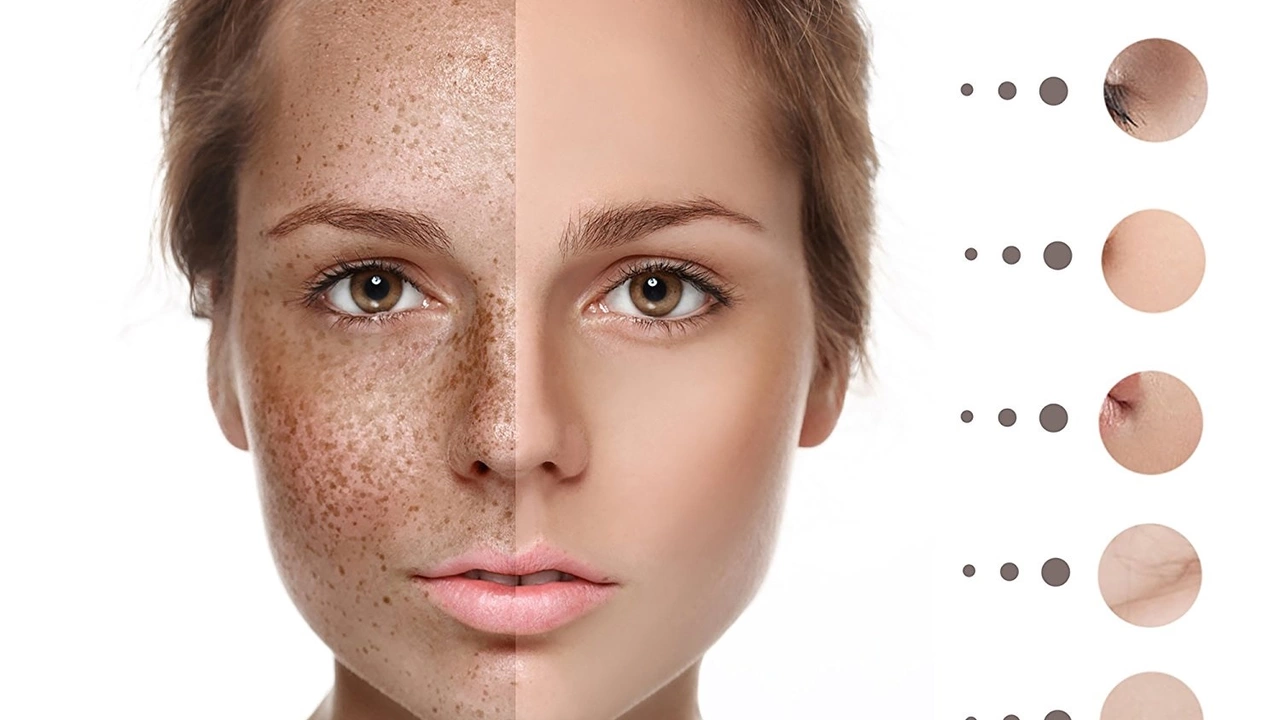Chloasma prevention: practical steps to stop dark patches
Chloasma, also called melasma, shows as brown or grayish patches on the face. It often appears on the cheeks, forehead, nose, and upper lip. If you want to prevent it, focus on sun protection, gentle skincare, and hormone awareness.
Sun exposure makes pigments darker. Broad spectrum sunscreen with SPF30 or higher matters every day, rain or shine. Reapply every two hours when outdoors. Wear a wide brim hat and sunglasses for extra defense.
Choose gentle cleansers and avoid harsh scrubs or strong acids that can make pigmentation worse. Look for products with niacinamide, vitamin C, or azelaic acid — these help even skin tone without overdoing irritation.
Professional options
Topical prescription creams like hydroquinone, tretinoin, or combination formulas work for many people. A dermatologist can tailor treatment and advise use during pregnancy or while on hormones. Prescription care often gives faster, stronger results than over-the-counter products.
Procedures like chemical peels, microneedling, and certain lasers can reduce chloasma, but they carry risk. Treatments that irritate skin may trigger more pigmentation. Always test a small area first and follow post-care sunscreen rules.
Lifestyle tweaks
Birth control pills and pregnancy often worsen chloasma. If pigmentation starts after a new hormone treatment, ask your doctor about alternatives or timing. Stopping a medication might help, but do not change prescriptions without medical advice.
Diet and stress don't cause melasma directly, but good sleep, less stress, and anti-inflammatory foods support skin health. Foods rich in antioxidants, like berries and leafy greens, can help overall skin repair.
Quick tips you can start today: wear sunscreen daily, avoid peak sun hours, use gentle brightening products, and see a dermatologist if spots appear or change. Track triggers like new meds or pregnancy to catch flare ups early.
If you already have chloasma, patience matters. Treatments work slowly and relapse is common without strict sun care. Work with a skin pro for a plan that fits your life and skin type.
Pick a physical sunscreen if you have sensitive or reactive skin. Look for zinc oxide or titanium dioxide on the label. Physical blockers sit on top of skin and reflect UV, causing less irritation for many people with melasma.
Apply sunscreen generously. For the face, use about a nickel to quarter sized amount or roughly a pea sized for each zone; many people underapply. Reapply after swimming, sweating, or towel drying.
Use a gentle retinoid at night if your skin tolerates it. Retinoids speed cell turnover and help fade pigment over time. Start with a low strength and apply every other night to limit irritation.
Expect results to show slowly. Most treatments need eight to twelve weeks before you notice real fading. Keep sun protection and maintenance products once the spots improve to avoid relapse.
If you see sudden darkening, bleeding, or new raised lesions, see a doctor. Those signs can mean another skin problem. For tricky cases, combine topical and in-office treatments under pro care. Small consistent steps add up fast.

